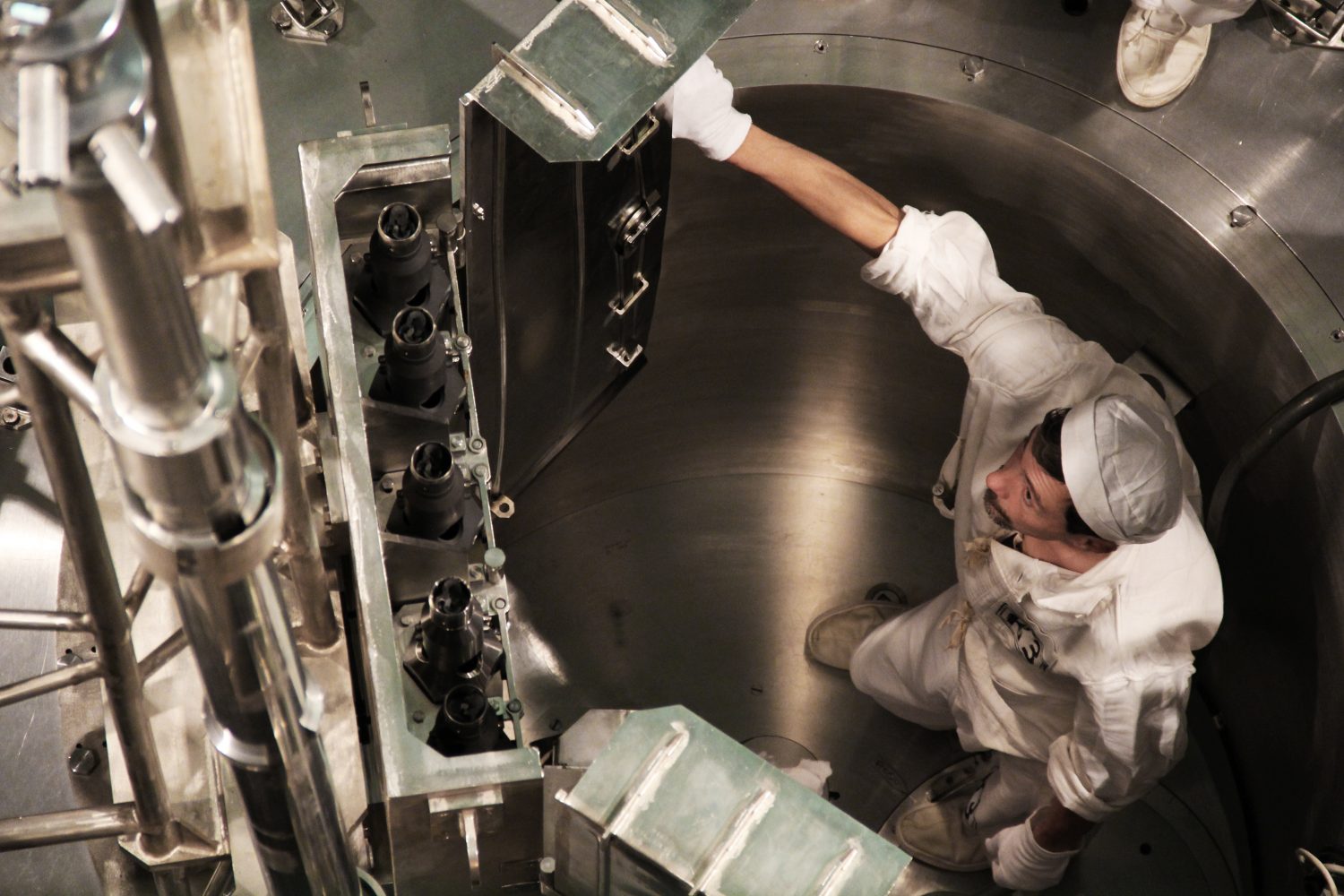
Ready for the Journey
back to contentsThe KLT-40S reactor on the starboard side of Akademik Lomonosov floating nuclear power unit (FNPU) went live in early November, sustaining a controlled reaction for the first time. After the necessary setup, it was brought to minimum controlled power level. The next step is to start up the vessel’s second reactor. Then the two nuclear reactors will undergo harbor acceptance tests to be followed by the power ascension process. All work on the FNPU is planned to be completed by March 2019.
Akademic Lomonosov is currently the only FNPP of its kind. “All that we do on the FNPU is done for the first time, so we do it with great care and attention. We have extended the setup phase and will perform multiple checks on every operation. Test results will be verified by experts of the Baltic Shipyard’s QA department, representatives of Rosenergoatom (on the customer’s part), employees of OKBM Afrikantov (FNPU designer), and representatives of Kurchatov Institute,” said Vitaly Trutnev, Rosenergoatom’s Director for floating nuclear power plants (FNPPs). The FNPU features five protection levels, isolating nuclear reactors from the environment. The vessel has a double hull capable of withstanding a direct collision with ships and icebergs, as well as extreme weather impacts, such as tsunami.
Akademik Lomonosov is the first-ever towable small-scale nuclear power unit designed to operate as part of an FNPP. The vessel is now anchored off Atomflot’s (Russian nuclear ice-breaker fleet owner and operator) base in Murmansk. After all tests are carried out, the FNPU will be towed to Pevek (Chukotka Peninsula). Hydraulic structures for the FNPP will be completed in July; construction of on-shore facilities will be finished in August. Since Pevek must be ready to harbor the FNPU by that moment, Akademic Lomonosov’s transportation from Murmansk is scheduled for the fall of 2019.
Akademik Lomonosov is designed to replace the retiring capacity of the Bilibino nuclear power plant and the Chaunskaya coal power plant. Two KLT-40S reactors are capable of generating up to 70 MW of electricity and 50 Gcal/h of heat in nominal operating conditions. That is enough to provide heat and light to a city with the population of up to 100,000 residents. Akademik Lomonosov will supply heat and power to several remote areas in Russia’s Far North and Far East, including remote industrial facilities and the port of Pevek, which is strategically important for the development of the Northern Sea Route.
Southeast Asia and Middle East have already displayed interest in the project. FNPPs can be high in demand in island countries since they can also function as desalination plants.
At present, Rosatom is working to create the second generation of floating power plants (optimized FPU, or OFPU) that will be smaller than the current version. “The OFPU will be equipped with two RITM‑200 reactors, each with a capacity of 50 MW. The new design will not provide for a spent nuclear fuel storage compartment and thus consume a quarter less of steel. RITM-200 reactors will be refueled at intervals of 10 to 12 years. The decision to build the new FPU will be based on the results of the current FNPS project,” Vitaly Trutnev said.




